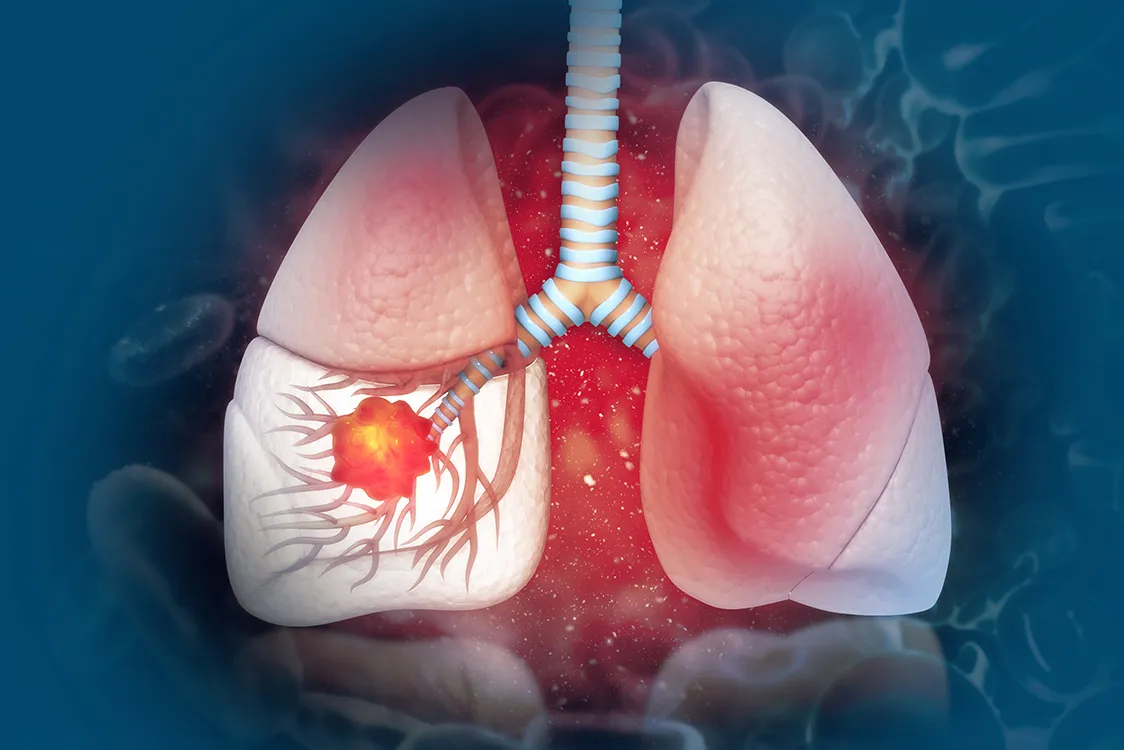The differences in the fat metabolism levels of people who go to bed late and those who go early show that our bodies circadian rhythm could be an influence on how our bodies consume insulin, according to Professor Steven Malin of Rutgers University.
Washington: According to a study, those who stay up late may be more likely to develop type 2 diabetes and cardiovascular disease. Researchers from Rutgers University in the US found that compared to “night owls,” people who like to exercise in the morning burn more fat for energy and are more active throughout the day. They also had greater levels of aerobic fitness.
People who like to exercise later in the day and at night, on the other hand, use less fat as an energy source while at rest and when exercising.
According to Professor Steven Malin of Rutgers University, “the disparities in fat metabolism between ‘early birds’ and ‘night owls’ shows that our body’s circadian rhythm (wake/sleep cycle) could alter how our bodies utilize insulin.”
“Our health is greatly impacted by how responsive or poorly we react to the insulin hormone. This finding enhances our knowledge of how the circadian rhythms of our bodies affect our health, “added Malin.
The study, which was published in the journal Experimental Physiology, divided 51 volunteers into two groups based on their chronotype, or inclination to seek out the activity and sleep at various times of the day.
Advanced imaging, insulin sensitivity testing, and breath samples were all employed by the researchers to determine body mass, body composition, fat and carbohydrate metabolism.
The participants were monitored for a week and the data was used to evaluate the participants’ daily activity patterns. In order to reduce the impact of diet on the outcomes, they had to eat a calorie and nutrition-controlled diet and fast overnight.
Prior to engaging in two 15-minute bouts of moderate and high-intensity treadmill exercise, they were evaluated while at rest. Through an incline challenge, where the incline was raised 2.5% every two minutes until the individual reached a threshold of exhaustion, aerobic fitness levels were assessed.
Researchers discovered that day owls and early birds required different amounts of fat for energy during rest and exertion. Early birds were more insulin-sensitive, whereas night owls are insulin resistant, which means their systems need more insulin to drop blood glucose levels and that they prefer carbohydrates to fats as an energy source.
According to the researchers, this group’s poorer capacity to respond to insulin to enhance fuel use may be hazardous because it suggests a higher risk of type 2 Diabetes or heart disease.
They claimed that more research is necessary to determine the reason behind this change in metabolic preference between night owls and early risers.
Malin continued, “We also discovered that morning people are more physically fit and have higher fitness levels than night people, who are more sedentary throughout the day.”





